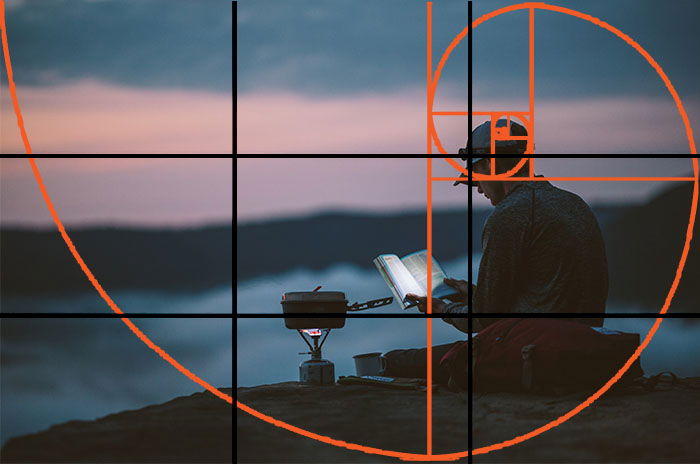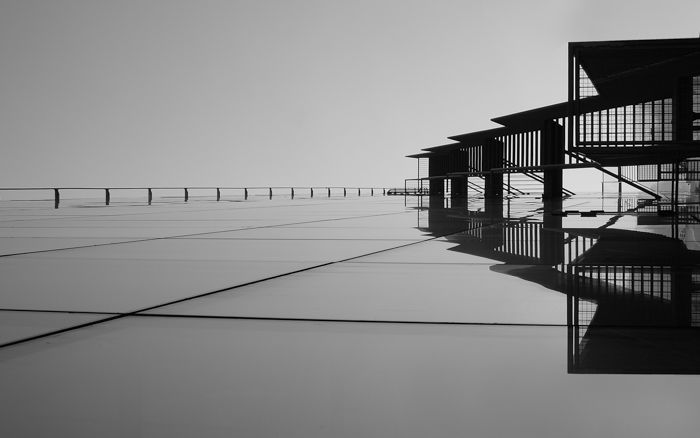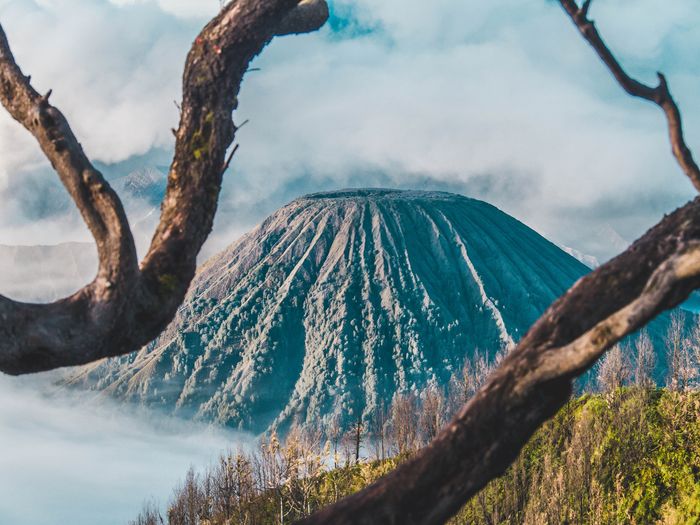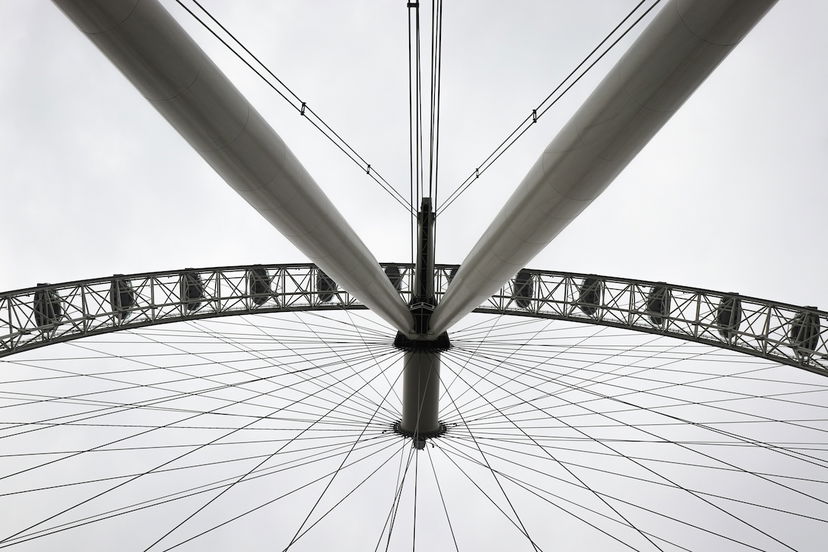The Correct Way to Use Negative Space in Photography
Using negative space in photography is one of the most powerful ways to improve your composition. You can use it to catch a viewer's attention and direct it to your main subject. And you can use negative space in many different types of photography.
But using negative space should be used intentionally. Misusing negative space can mean bland or uninteresting photos. But when used well, negative space can help create an attention-grabbing image.
Read on for everything you need to know about negative space in photography!
[courses category="Composition"]
What Is Negative Space in Photography?
You can find examples of negative space in art, architecture, music, and design. The principles remain the same regardless of the medium.
So, what does negative space mean in photography? It refers to the space around the main subject in your photo. It creates the right relationship between the focus point and the background.
Positive space refers to the primary subjects of a photograph. Positive and negative space can complement each other to create interesting compositions.
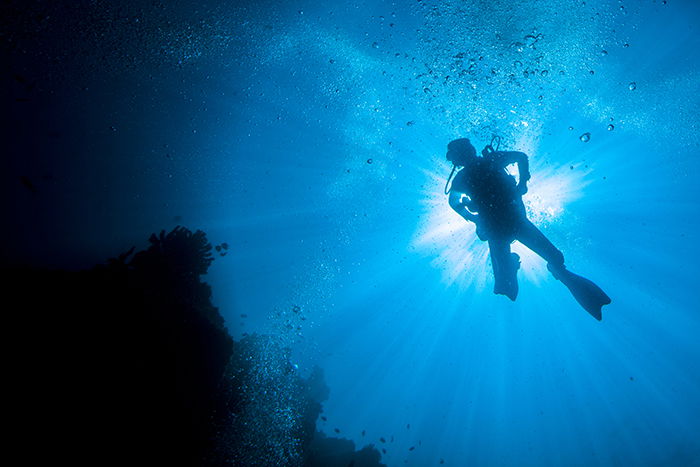
Negative Space Compositions
With any photography composition technique, negative space will almost always come into play. Negative space allows you to create an image that will feel dramatic. It attracts the viewer and then leads their eyes toward the area of positive space.
In certain compositions, negative spaces should take up more of the image than the positive space. This makes us notice and inspect the main subject even more.
Why is negative space important? The contrast between negative and positive space makes us even more curious about the main subject. As a result, viewers will take more time to look at it. In a way, the smaller the subject in the positive space is, the more noticeable it will become.
A common misconception is if you use negative space, the image must have only one main subject. But you can have two or more prominent subjects. It gets more challenging to use negative space in photography once the main subjects take up more and more of the frame.
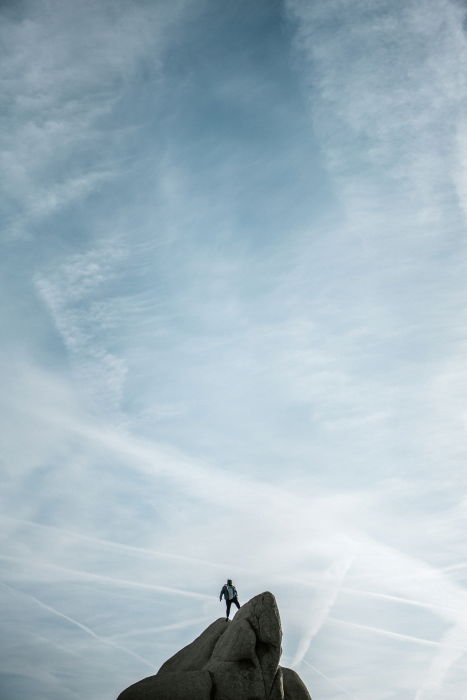
The Effect of Negative Space on Your Composition
The psychology behind negative space in photography is usually to create quiet images. The difference in size between the main subject and the surrounding area can make the main subject feel isolated.
This can add feelings of loneliness, solitude, relaxation, contemplation, or even importance. It depends on the subject matter of the photograph.
Does a Negative Space Have to be Empty?
Negative space is thought of as an image with a lot of empty space. Most people think of large plain areas in an image, such as the sky, grass, or a body of water, for example.
While this is how negative space is most often used, it’s not the only way. The negative space in an image does not have to be a blank area or white space. Things can be in the negative space area, but they should never be the main subjects.
An image with negative space occurs when the areas surrounding the subject are peripheral. They almost blend into the background. This causes you to focus even more on the subject.
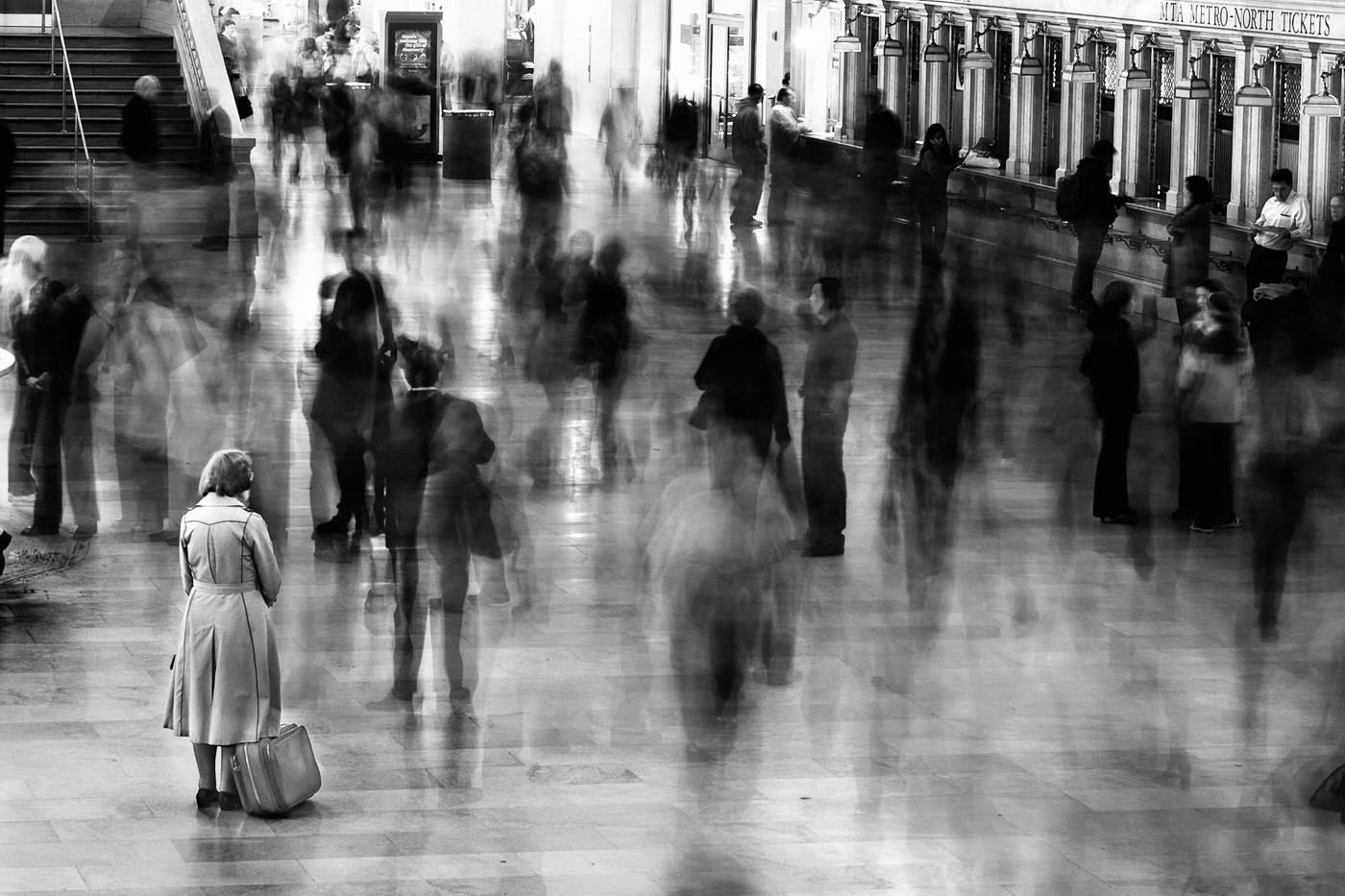 The objects or patterns in the negative space are there, but they don’t draw your attention at first glance. Instead, they direct your eyes to the area of positive space.
The objects or patterns in the negative space are there, but they don’t draw your attention at first glance. Instead, they direct your eyes to the area of positive space.
This can often be achieved by using similar subjects in the background. This gives them a receding feeling in relation to the focus subject, adding dynamism to your photos.
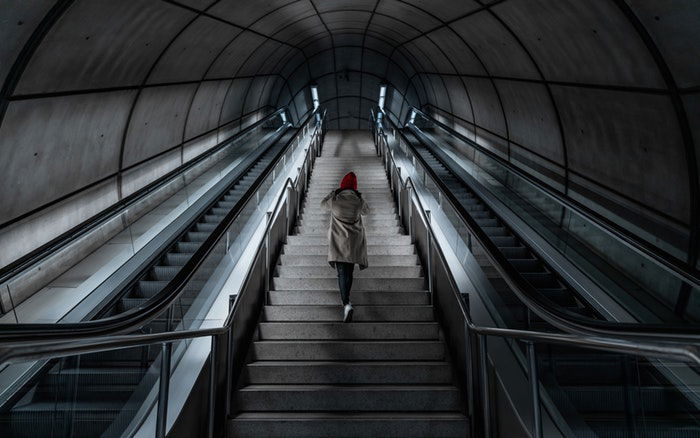
©Leon Macapagal (Pexels.com)
What Is Positive and Negative Space in Photography?
An image without negative space will not have an area that recedes. Putting subjects throughout your image will draw the viewer’s attention. Your eyes will not stop bouncing between them, like in the image below.
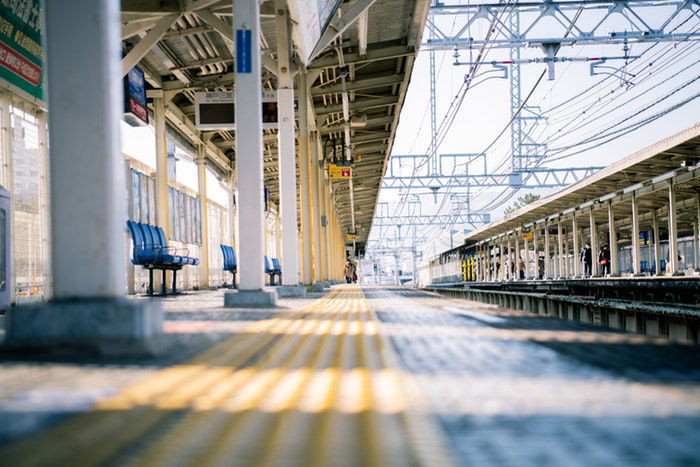
©Satoshi Hirayama (Pexels.com)
It can help to think of where the composition will direct a viewer's eyes throughout the scene. Consider how negative space affects the motion of the eyes. The eyes will notice the negative space from afar, pulling them toward the main subject. This effect can be aided by other elements of composition, such as leading lines.
Once the viewer finishes inspecting the main subjects, their eyes will wander back through the negative space.
An image that takes advantage of negative space doesn’t give the eyes a background subject to lock onto. The eyes will immediately be drawn to the main subject.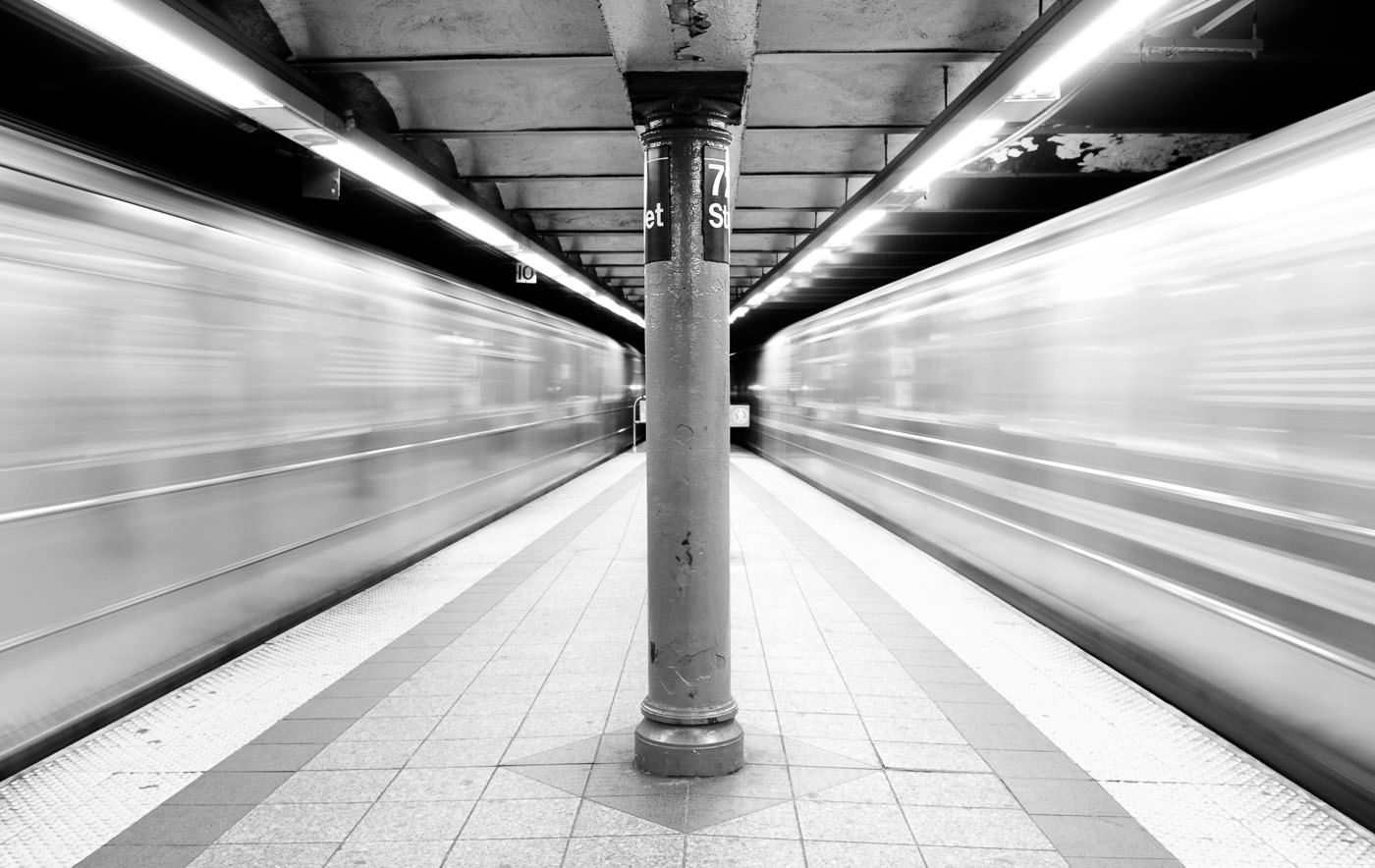
How to Use Negative Space in Photography
There aren’t too many specific rules for using negative space in photography. You will learn to use it intuitively by composing shots over and over again.
When you see your main subject, slow down and look at the area surrounding it. Move around the subject and see if you can frame it with negative space.
Look for vantage points that isolate the subject by contrasting it with its surroundings.
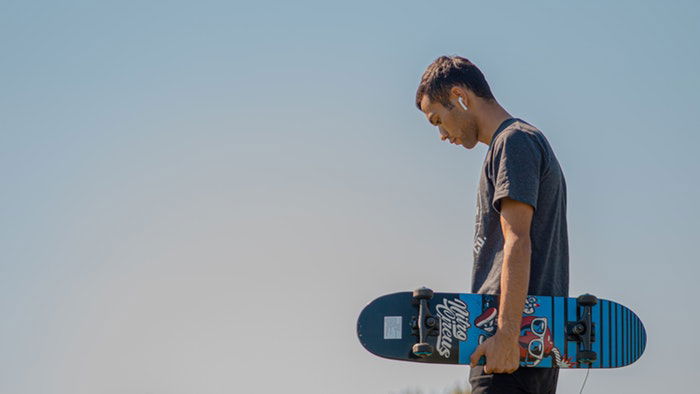
©Feruz Matkarimov (Pexels.com)
Sometimes getting closer will help you to fill the frame with an interesting pattern or area. Other times, stepping back will help make the subject smaller in the frame. This will make it stand out much more in relation to the negative space.
Newer photographers tend to lock their eyes on the main subject. But this can be a mistake. As you develop your composition skills, begin paying attention to both the main subject and the background.
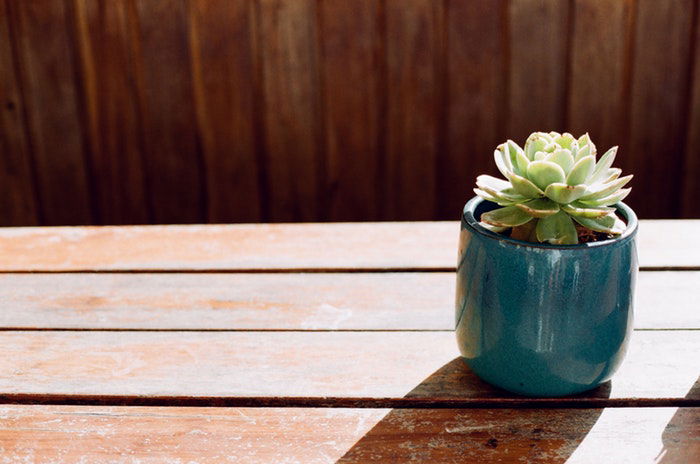
©Daria Shevtsova (Pexels.com)
Conclusion—Negative Space in Photography
You should think about negative space when photographing, but don’t force it. Keep your mind open to moments when it occurs naturally. If it suits your particular composition (and it often can!), use it to your advantage.
No matter what type of photography you shoot, you can always improve your compositions through the use of negative space!
[courses category="Composition"]
